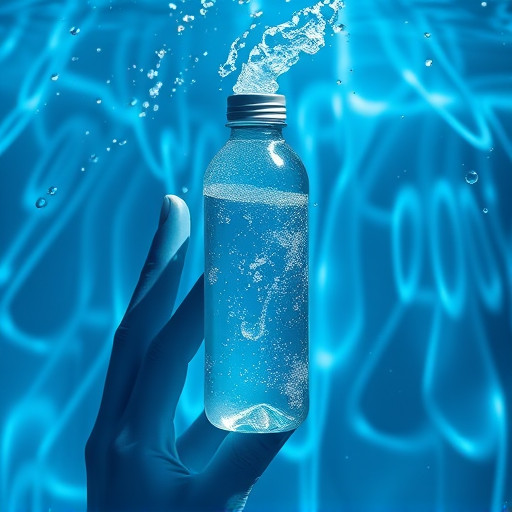Luxury water is marketed as a sensory experience and lifestyle statement, emphasizing purity, health benefits, rarity, and taste. Types include ice water from glacial regions or Arctic water sourced from glaciers and snowmelt, prized for clarity and minimal mineral content. While popular for its perceived health advantages and association with luxury, the environmental impact of extracting and bottling "luxury" Arctic water is debated, raising concerns about sustainability and ecosystem disruption.
In an era where consumer preferences are increasingly focused on wellness and exclusivity, the concept of luxury water has emerged as a niche market. This article delves into the distinct worlds of luxury water, ice water, and arctic drinking water—three seemingly frozen facets of a rapidly growing industry. We explore the definitions and sources behind these premium beverages, unravel the scientific underpinnings of their purported benefits, and scrutinize whether arctic-sourced waters are genuine luxuries or mere marketing strategies.
- Understanding Luxury Water: Definitions and Sources
- The Science Behind Ice Water: Benefits and Quality
- Arctic Drinking Water: Rare Gem or Marketing Gimmick?
Understanding Luxury Water: Definitions and Sources

Luxury water, a term that conjures up images of opulence and indulgence, refers to bottled or packaged water sources that go beyond basic hydration needs. It’s not merely about quenching thirst but also offering a sensory experience—a taste, purity, and often an associated lifestyle. This category encompasses various types, including ice water, known for its chilling temperature, and Arctic drinking water, sourced from pristine regions, promising exceptional clarity and mineral content.
The sources of luxury water can be diverse. Ice water, for instance, is sometimes sourced from glacial regions or carefully filtered to achieve a remarkably cold temperature. Arctic waters, on the other hand, originate from remote, unpolluted areas like glaciers and snowmelt. These sources are often touted for their lack of contamination, ensuring a pure taste experience. The luxury market positions these waters as exclusive, with marketing strategies focusing on health benefits, rarity, and the allure of a premium drinking experience.
The Science Behind Ice Water: Benefits and Quality

Ice water has gained popularity not just for its refreshing taste but also due to perceived health benefits. Scientifically, the process of freezing water at low temperatures does not significantly alter its chemical composition. However, the cold temperature can temporarily slow down certain chemical reactions and reduce the activity of bacteria, providing a longer shelf life compared to regular water.
Beyond potential health advantages, ice water is often associated with luxury due to its perceived purity and exclusivity. Arctic or glacial water, for instance, is known for its exceptional clarity and minimal mineral content, making it a coveted choice in high-end markets. The natural filtration process through ice caps and glaciers results in a product free from contaminants, contributing to its status as a premium offering.
Arctic Drinking Water: Rare Gem or Marketing Gimmick?

Arctic Drinking Water, sourced from pristine regions like Antarctica and the Canadian Arctic, has gained attention for its purported benefits. Proponents claim it’s purer and healthier due to lower pollution levels and unique mineral content. However, critics question whether this water is truly a rare gem or just another marketing gimmick. The idea of extracting and bottling water from these remote locations raises concerns about sustainability and environmental impact. With limited resources and fragile ecosystems at stake, some argue that the demand for ‘luxury’ Arctic water could lead to over-exploitation and disruption of local environments.
In exploring the concepts of luxury water, ice water, and arctic drinking water, we’ve discovered that each offers unique characteristics. Luxury water sources provide rare and exquisite experiences, while ice water highlights scientific benefits from its cold temperature. Arctic drinking water, though rare, is touted as a premium choice due to its perceived purity and health advantages. However, it’s crucial to approach these claims critically, considering environmental sustainability and potential marketing strategies. Ultimately, the ‘best’ water is the one that meets both quality standards and ethical sourcing practices.
